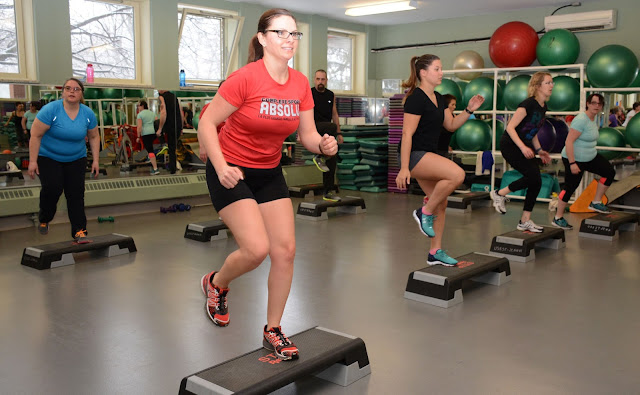Ten facts you need to know about physical activity
The lack of physical activity is the fourth most important risk factor for death in the world. Worldwide, there has been a decline in levels of physical activity. On a global scale, every third adult is not sufficiently active. However, increasing levels of physical activity in a favorable environment are beneficial for the health of people of all age groups. We are providing the guidance on optimal levels of activity, but even minor physical activity is better than none. People who lead a passive lifestyle should start with low levels of physical activity and gradually increase the duration, frequency, and intensity of activities. To increase the levels of physical activity, it is necessary to take measures both at the level of the whole society as a whole and at the level of individual people.
Fact 1: The lack of physical activity is the fourth most important risk factor for death in the world.
Physical activity as a whole is defined as any body movement produced by skeletal muscles, which leads to the expenditure of energy above the level at rest. There are several ways of categorizing physical activity and its absence depending on the intensity or expenditure of energy. Most people can be sure in their experience that in order to get health benefits and feel comfortable at the same time, the regular physical activity of moderate intensity is most effective. Physical activity of moderate intensity is a type of activity that increases the heart rate and leaves you feeling warm and dyspnea. The main sources of recreational physical activity are the usual and simple actions and activities, such as walking, cycling, physical labor.
You May Also Read
Fact 2: Regular physical activity helps maintain a healthy body.
Physically active people:
have lower rates of coronary heart disease, high blood pressure, stroke, diabetes, colon cancer and breast cancer, and depression are less likely to fall and fracture of the neck of the hip or vertebrae; more likely to support the weight.
Fact 3: Physical activity should not be taken for sports.
By physical activity is understood any body movement, produced by skeletal muscles and requiring energy expenditure. It includes playing sports, performing exercises and other activities, such as games, walking, doing household chores and gardening, as well as dancing.
Fact 4: Health benefits include both moderate and high-intensity physical activity.
Intensity is the pace of physical activity. It can be characterized as how hard a person works to perform a certain type of activity.
The intensity of various forms of physical activity varies between people. Depending on the relative level of a person's physical condition, examples of moderate-intensity physical activity may include the following: fast walking, dancing, or housework. Examples of the high-intensity physical activity include running, fast cycling, fast swimming or weightlifting.
Fact 5: At the age of 5-17 years.
People aged 5-17 years should engage in moderate and high-intensity physical activity, a total of 60 minutes a day. Physical activity lasting more than 60 minutes will bring additional benefits to their health.
Fact 6: At the age of 18-64.
People aged 18-64 years should engage in a moderate physical activity, at least 150 minutes per week, or with high-intensity physical activity, at least 75 minutes per week, or an equivalent combination of moderate and high-intensity activities. Each activity with physical activity should last at least 10 minutes.
Fact 7: At the age of 65 and over.
The main recommendations for the elderly remain the same. In addition, older people with reduced mobility should engage in physical activity to improve their balance and prevent falls for three or more days a week. If older people for health reasons cannot engage in physical activity in recommended amounts, they should remain as physically active as their capabilities and condition permit.
Fact 8: These recommendations apply to all healthy adults.
In the absence of special medical evidence, these recommendations apply to all people, regardless of gender, race, ethnicity or income level. They also refer to people with chronic non-infectious conditions not associated with mobility, such as high blood pressure or diabetes. These recommendations can also apply to adults with disabilities.
Fact 9: Physical activity at a certain level is better than its absence.
People who lead a passive lifestyle should start with low levels of physical activity and gradually increase the duration, frequency, and intensity of activities. Adult people with a passive lifestyle, elderly people and people who have any limitations in connection with diseases will receive additional health benefits if they become more active.
Pregnant women, postpartum women and people with heart disease may need additional precautions and medical advice before they attempt to achieve the recommended levels of physical activity.
Fact 10: A favorable environment and communities can contribute to increasing levels of physical activity of people.
Urban and environmental actions can have enormous potential for increasing levels of physical activity. Examples of such activities include: ensuring that all people have access to forms of active movement, including walking and cycling, and ensuring their safety; creation of safe areas and facilities in schools where students could actively spend time.
BE HEALTHY AND LIVE LONGER!

